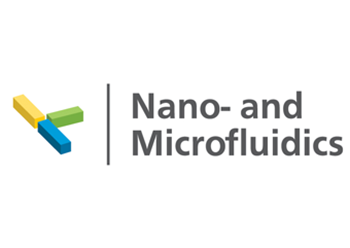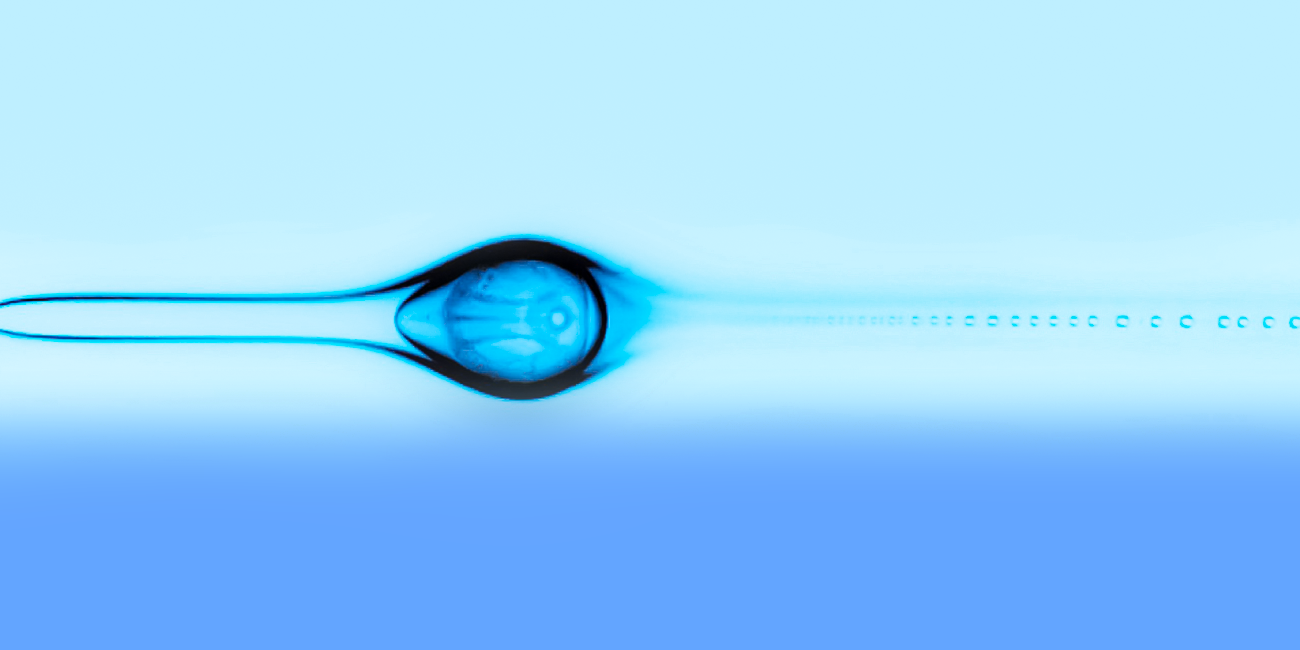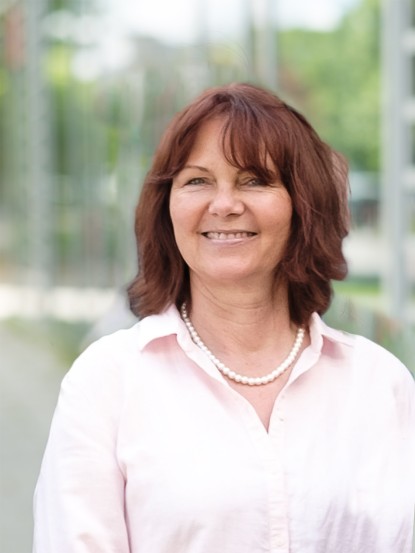Masterthesis
Liquid bridge breakup is a fascinating process with applications in microfluidics, printing, and wetting. While the classical problem involves a liquid bridge surrounded by another fluid (like air or oil), in this project we focus on a different case: liquid bridges on solid surfaces. These systems introduce new physics, particularly at the interface between the liquid and the solid.
In previous works, we’ve looked into how viscosity affects the breakup of these bridges. We also know that the surface properties of the solid play a role. But now we want to go a step further: what happens when the liquid contains salt?
Betreuer/in: Salar Jabbary Farrokhi, M.Sc.
Advanced Design Project (ADP)
Handling small amounts of liquid is an essential task in a broad field of applications ranging from medical and pharmaceutical engineering to analytical chemistry. The dispensing of liquids is typically done using pipettes that rely on a pressure difference to pull a liquid volume into a small reservoir after which the pressure difference is reversed for releasing the liquid volume.
Based on research at our institute we propose a novel type of pipette that leverages surface tension gradients that induce a so-called Marangoni flow instead of using pressure gradients for creating the flow. Our experimental results show that this could allow for pipetting tiny amounts of liquids or even gases. There are numerous aspects of this novel approach that set it apart from classical pipettes making it superior in some application contexts. Within the ADP, a working demonstrator of this novel pipette should be designed, build and used to demonstrate the feasibility of this approach.
Betreuer/in: Steffen Bißwanger, M.Sc.
Microfluidics for Nuclear Fusion
Experiments for a Sustainable Future
17.07.2025
Masterthesis, Bachelorthesis
In light of the ongoing climate and energy crisis, sustainable power generation is urgently needed. Inertial confinement fusion (ICF) is a promising alternative that uses lasers to ignite small, fuel-filled targets, triggering a fusion reaction. This all-weather technology produces no long-lived radioactive waste and poses fewer safety risks than nuclear fission. In 2022, ICF demonstrated its first net energy gain. However, there is still a long way to go before it can be commercialized.
Currently, diamond targets are used that are time- and cost- intensive while having a high rejection rate and a limited batch size. In contrast, microfluidic chips hold great promise for producing economical fusion targets. Together with the startup Focused Energy, we research on making microfluidically produced targets competitive and ensure they meet required standards.
Betreuer/in: Lisa Bauer, M.Sc.
Dynamics of Fibre-laden Drops
Experiments where solid and fluid mechanics meet
17.07.2025
Masterthesis, Bachelorthesis
Who hasn’t noticed strands of hair clumping together after a shower? The cause is a phenomenon called elastocapillarity. Surface tension from water drops exerts forces that deform flexible materials like fibers. Thus, hydrophilic fibers can get coiled inside droplets, a behavior also seen in nature. For example, spiders use micro-drops to enhance the elasticity of their webs. This principle may offer interesting applications in biomimetics and microelectronics. Furthermore, this effect can be used in industry to produce micro-electronics. In our research, we investigate the fundamental dynamics of fiber-laden droplets.
Betreuer/in: Lisa Bauer, M.Sc.
Masterthesis
Decarbonizing the chemical industry is a key challenge on the path to CO2 neutrality. For this reason, we are working in the BMBF-funded future cluster ETOS on the transformation of the chemical industry towards more climate-friendly electrochemical technologies.
In this work, the wetting of abstract gauze structures is to be investigated using numerical simulation with OpenFOAM. In particular, the influence of different orifice geometries and wetting properties on the forming phase boundary and a possible bubble formation at too high differential pressures shall be investigated.
Betreuer/in: Alexander Wagner, M. Sc.
Jobs
An unserem Fachgebiet sind in der Regel verschiedene Themen für Master- und Bachelorarbeiten verfügbar. Bitte setzen Sie sich mit Prof. Hardt in Verbindung, um sich über die aktuellen Themen zu informieren.




